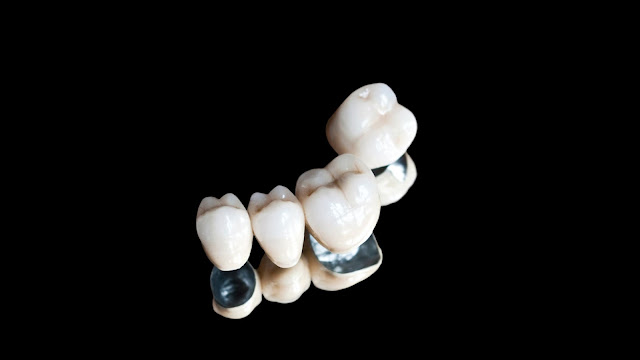What to Know About Teeth Scaling and Root Planing

Tooth Scaling and Root Planing- An Introduction Teeth Scaling and Root Planing are more in-depth dental procedures than regular teeth cleaning, that help to treat gum disease/periodontitis and excessive plaque buildup. Scaling is a dental procedure that helps to remove plaque buildup by reaching below the gum line. Teeth Scaling and Root Planing are usually recommended together by dentists and both these procedures are in a common language known as “ deep cleaning “. More than one dental visit is usually needed for the procedure. A local anesthetic may also sometimes be required depending on the extent of the chronic periodontal disease or if the patient has receding gums. Why and When Are Teeth Scaling and Root Planing Needed? The dentist recommends teeth scaling and root planing for patients with symptoms of chronic periodontal disease. The procedure can help to prevent the harmful effects of the disease, at the same time preserving the health of the mouth. Gum disease is caused





